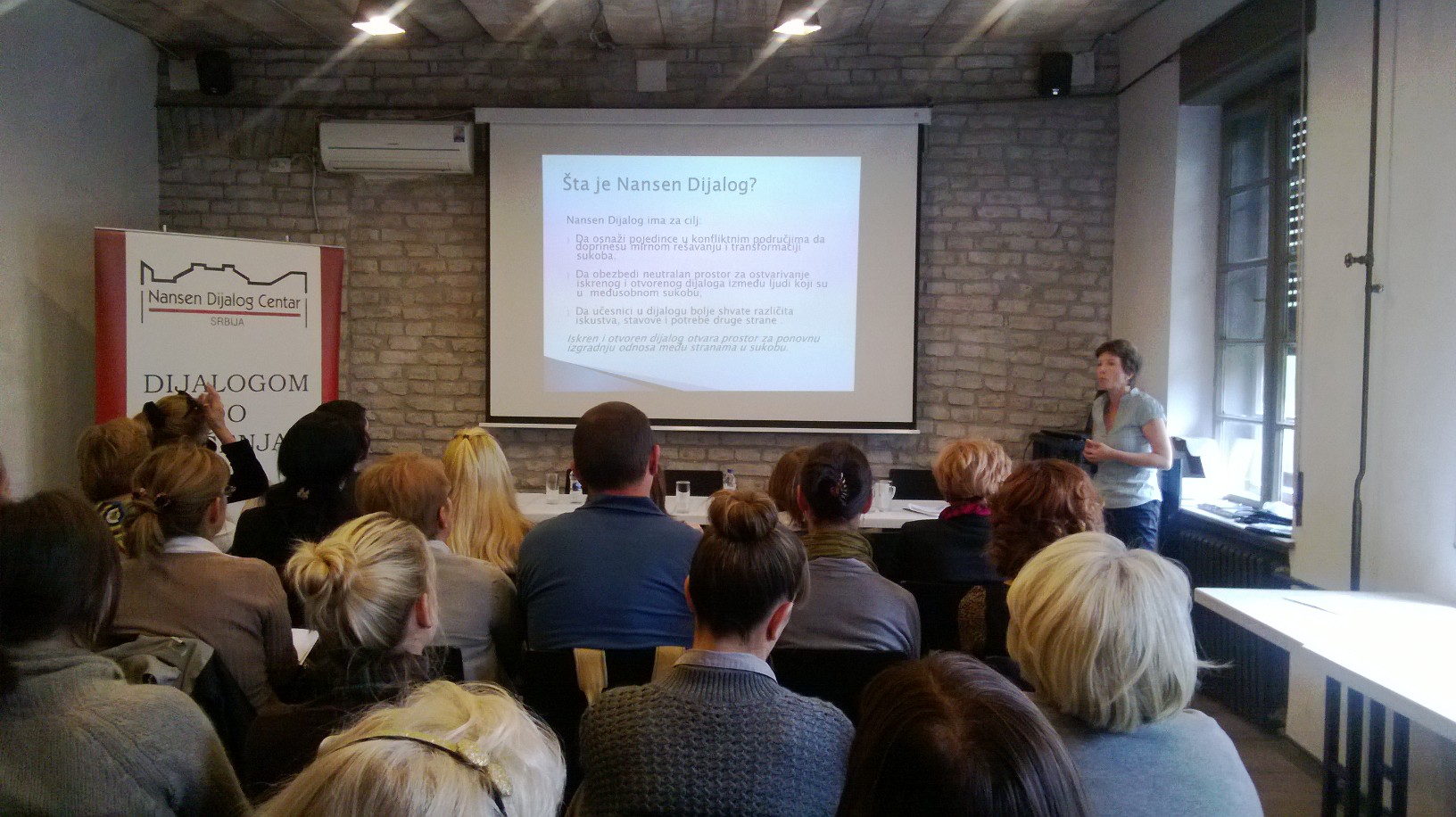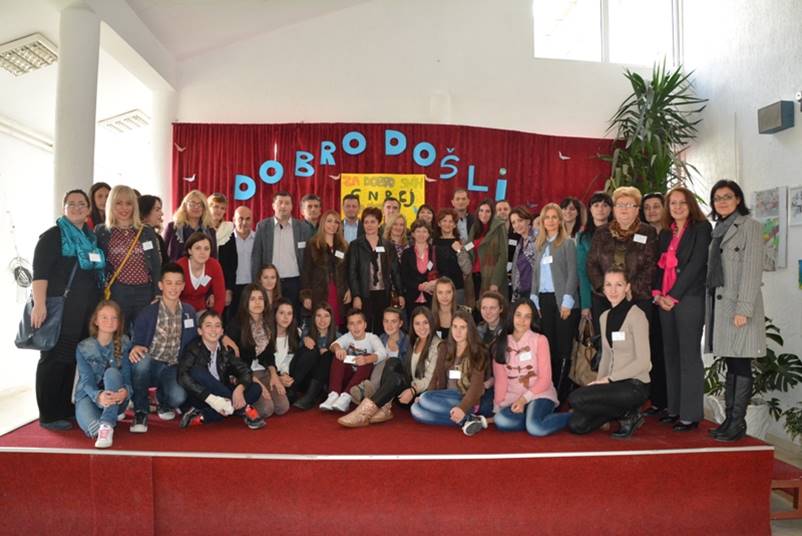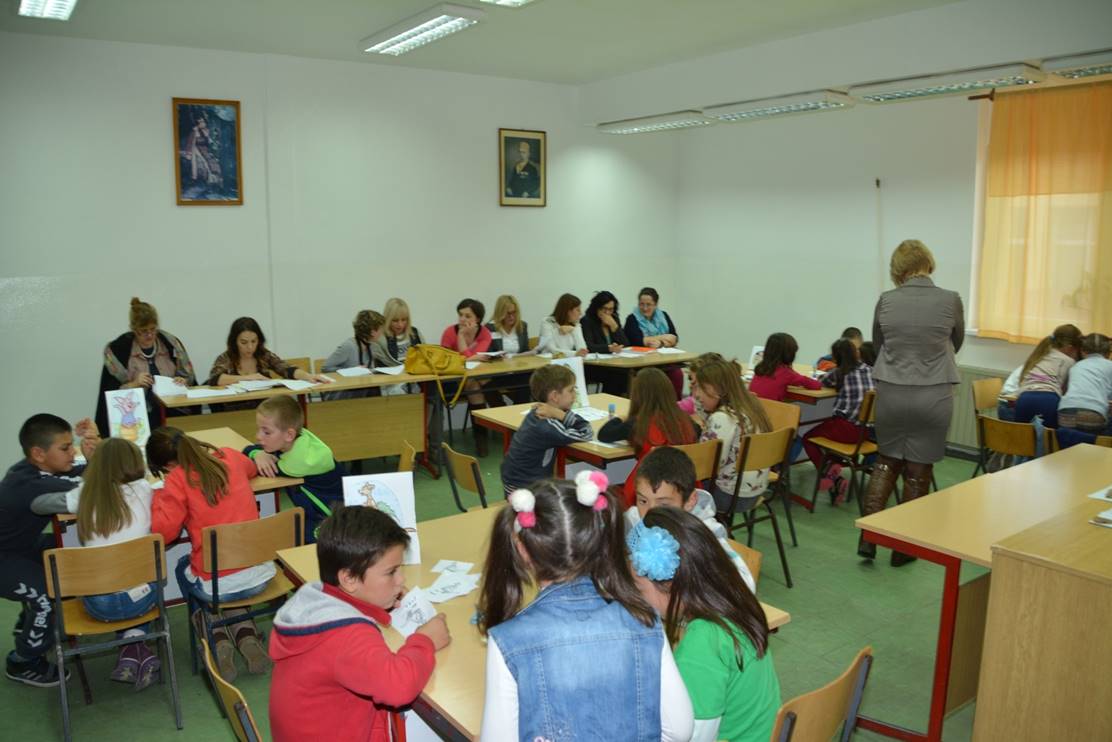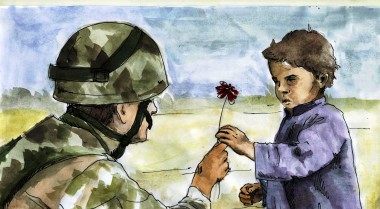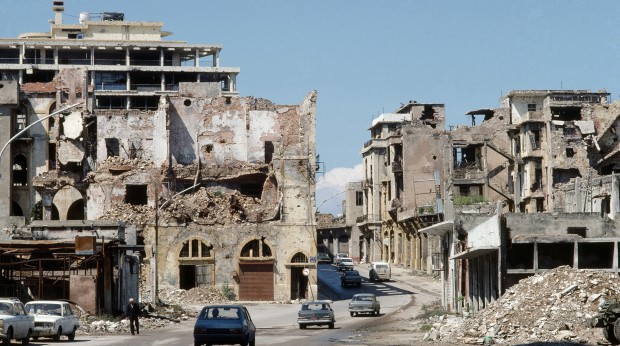Education for Peace: Bridging the Divide in Western Balkans
Dragana was born into a Serbian family in a small, multiethnic town called Hrvatska Kostajnica, Croatia. In Communist Yugoslavia, the concepts of Brotherhood and Unity were the foundation of this multinational state and became constitutional values. These ideals, however, were turned on their head in the 1990s, during the first democratic elections held in Yugoslavia and the collapse of Communism.
A Crumbling Multiethnic Identity
Victorious nationalistic ideologies of the 1990s elections and the ethno-nationalistic rhetoric of the new leaders inspired hatred towards other ethnic groups, creating a vision of the ‘other’ as the enemy. Along with other driving factors, this led to the breakup of six previously aligned republics into independent states along with the breakout of violence and armed conflicts.
At just 17, after witnessing these events, Dragana had to flee her home, like many other families living in multiethnic communities of Yugoslavia. The wars left behind shattered lives, homes and broken relationships across ethnic lines. Now, over 20 years after the war, whilst boundaries still exist on maps and in the minds of people, Dragana uses the power of education to help bridge the divide created by conflict. For Dragana, the norms and values of multiethnic life stemmed from the presence of mixed marriages and gatherings within the family and community she grew up in. Dragana’s belief in these values sculpted her into the person that she is today.
Peace Education, A Pathway for Change
A key moment for Dragana in her journey as a peacebuilder was when she attended the training course ‘Democracy, Human Rights and Peaceful Conflict Resolution’ at Nansen Academy in Lillehammer, Norway in 1998. Here, Dragana found herself in an environment in which she was engaging with Serbs, Croats, Bosniaks, Montenegrins and Albanians for the first time since the break-up of former Yugoslavia. Stories were shared by all and discrepancies between the different ethnicities points of view were evident. This event highlighted how, during the war, the use of propaganda and the separation of these ethnic groups had created different narratives of the same stories. Through communication, the ‘other’ was no longer seen as the enemy. As attendees of the training course interacted with each other, any pre-existing tensions caused by the war were dissolved.
Dragana’s first-hand experience of the impact communication, dialogue and storytelling can have on the process of peacebuilding, conflict prevention and healing, led her to using this approach in her work today. In 2009, Dragana and her colleagues at Nansen Dialogue Centre (NDC) Serbia and NDC Montenegro started a project involving representatives of educational institutions from Serbia and Montenegro, including: Ministry of Education advisers, teachers, peace educators and representatives of peacebuilding civil society organisations. The project integrated Education for Peace values and elements into official curricula. A handbook for teachers and peace educators was created, containing lesson plans with peace education integrated into school subjects such as Math, Mother Tongue and English Language. This strategy has proved to be more efficient, as Education for Peace becomes an everyday part of school children’s lives, rather than an extra-curricular activity.
After two years of planning and creation, the handbook, 'Education for Peace-Experiences from Practice,' was ready to be released. Whilst this was a demanding process, it is one Dragana feels extremely proud to have been part of. The handbook and the lesson plans have been published online and with the help of GPPAC, have been translated into English for use across other regions.
Bridging the Divide
Peace education is fundamental in divided societies. As history has shown, tensions between ethnic groups can lead to violence. Education forms a key part of preventative action. In fragile contexts such as the Western Balkans, Education for Peace can help to bridge the divide. In certain parts of the region, educational systems are still divided along ethnic lines. Education for Peace is key in preventing segregation and increase social cohesion amongst all schoolchildren. Education for Peace can help children to understand the values of dialogue, peace and to resolve conflicts constructively. It highlights the importance of respect for diversity and helps children to understand the concept of the ‘other’.
Dragana’s personal and professional experiences in life have led her to promote the idea that there is more that unites us than divides us.
Dragana Šarengaća is the GPPAC Regional Liaison Officer, Western Balkans. She is Regional Cooperation Coordinator, at Nansen Dialogue Centre, Serbia.
